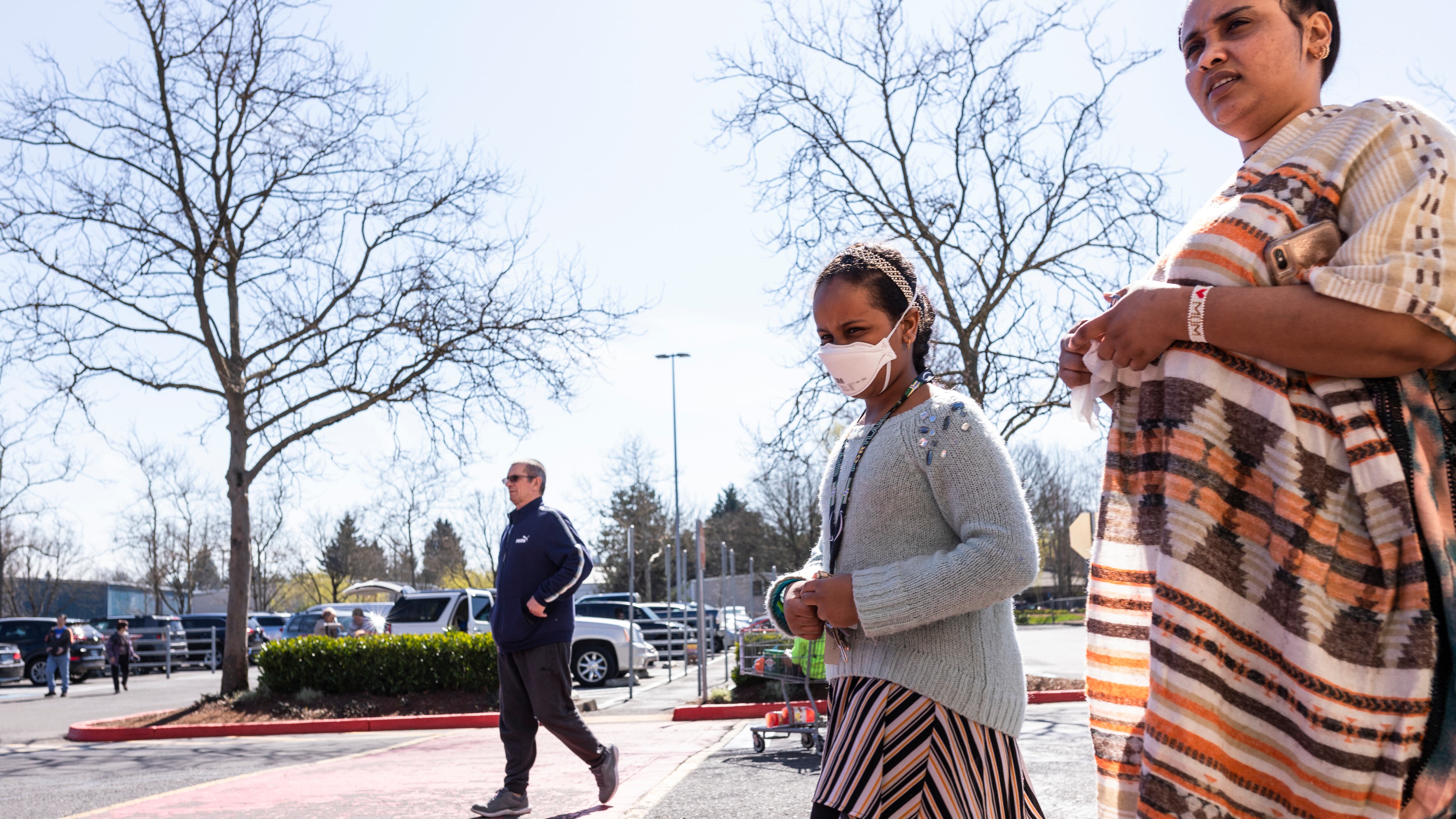On Thursday, the Oregon Health Authority announced new forecasts of the number of COVID-19 cases in the state between now and May 8 under three different scenarios depending on how aggressively Oregonians practice social distancing.
To date, 316 people in Oregon have been diagnosed with COVID-19, and 11 have died from the disease. The new modeling is based on an estimate that, as of Monday, March 23, Oregon had 800 coronavirus cases statewide. (At that time, less than 200 people had tested positive. As of today, the number is 317.)

In the worst-case scenario, if residents go about "business as usual," chief state epidemiologist Dr. Dean Sidelinger said, there may be 15,000 COVID-19 cases statewide by May 8 (in the range of 5,900 of 26,000) and 1,100 who need in-patient beds, with 250 of those beds being intensive care.
If residents maintain the ban on large gatherings and indefinite school closures but do not practice aggressive social distancing, the modeling projects 6,100 cases by May 8 (in the range of 2,000 to 12,000) and 340 who will need in-patient care, 80 of them in intensive care.
In the best-case scenario, if people maintain "aggressive interventions" like sheltering in place, approximately 1,000 people will get COVID-19 between now and May 8 (in the range of 700 to 3,800), and a "minimal" number will need in-patient care, the modeling shows (OHA did not specify how many).
The modeling was built by the Institute for Disease Modeling in Bellevue, Wash., for OHA.
The first two scenarios “paint a dark picture of what could happen if we don’t all work together,” Sidelinger said during Thursday’s press conference. He noted the virus is, in many ways, unpredictable, making forecasting cases difficult: “It can behave in ways that we didn’t anticipate, and the numbers can increase rather steeply.”
Still, these numbers are far more comforting than earlier projections made by an Oregon Health & Science University study, which estimated 75,000 COVID-19 cases statewide by May—or triple the worst-case scenario in today's projections.

The OHA on Wednesday released more transparent information about the state's ability to grapple with the virus, including its current bed count: 394 intensive care and 2,028 non-intensive care beds—more than would be needed to treat COVID-19 patients if the case count stays midrange in the first "business as usual" scenario.
But that does not account for the hundreds of non-COVID patients statewide who will also need acute and intensive care beds in the weeks ahead, meaning statewide bed shortages remain possible.
In addition to beds, the state still lags behind in ventilators. Currently, there are 684 ventilators in Oregon, Sidelinger said during Thursday's conference call.
Ventilators become necessary when lung capacity is so diminished a patient can no longer breathe unassisted. If cases continue to rise, Sidelinger said Thursday, the state could need anywhere from 600 to 1,000 ventilators in two months' time—meaning it has a deficit of about 300 ventilators.
State officials are now securing 40 ventilators from the Oregon National Guard, OHA chief medical officer Dr. Dana Hargunani said during the conference call, and the state is looking to secure even more.
“Oregon’s hospital bed capacity is inadequate,” Hargunani said Thursday. “Further scarcity is expected. The health care system is doing its part to prepare for the coming surge of COVID-19 cases.”

